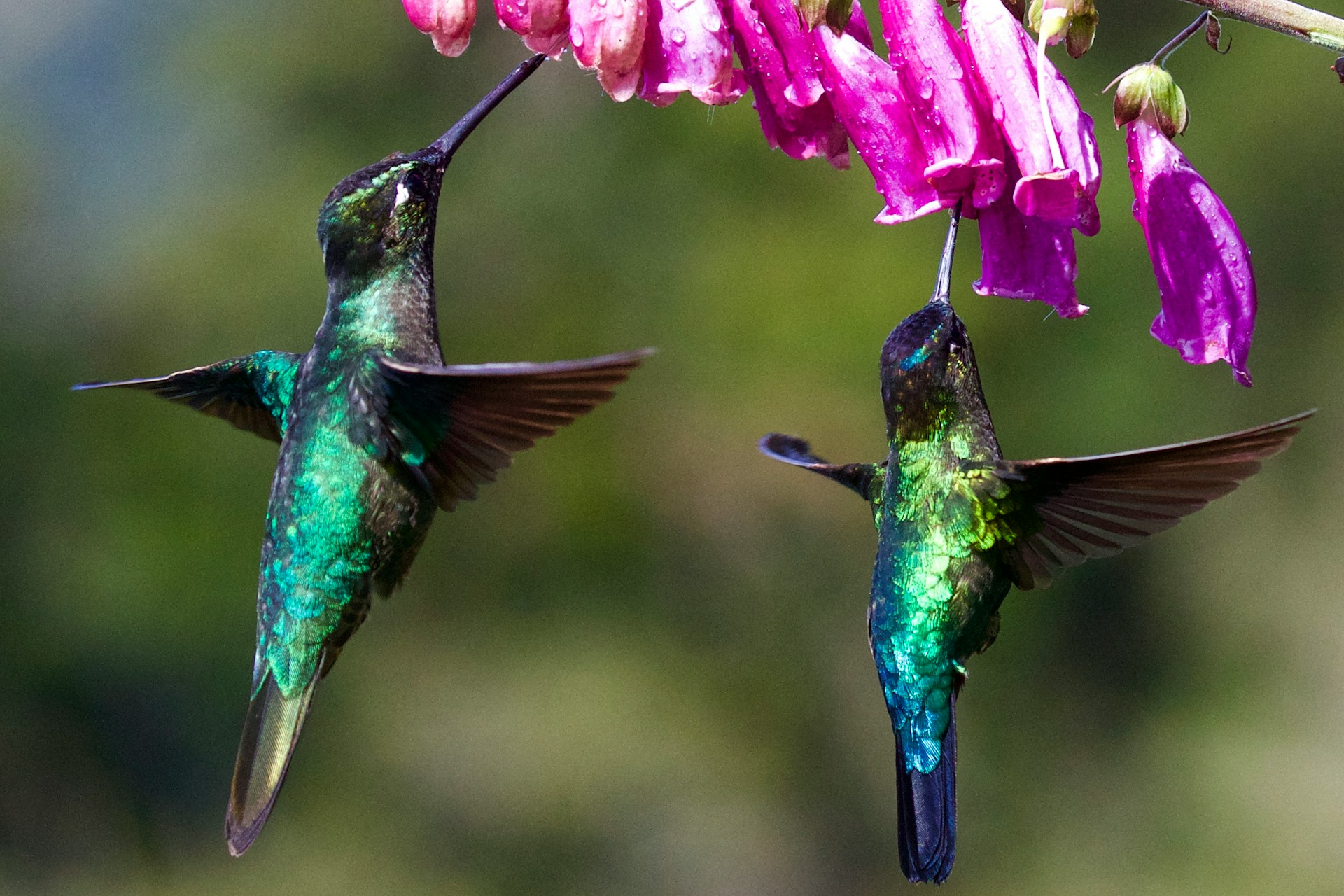Creating a lush, bird-friendly garden in a desert environment can seem like a daunting task, especially when you aim to attract the tiny but vibrant hummingbird. However, with the right selection of plants and conscientious planning, you can create a hummingbird haven in your arid backyard. This article will guide you through understanding hummingbird needs, choosing the best plants, landscaping tips, water features, and ongoing maintenance to keep your garden thriving and your hummingbird guests frequent.
Understanding Hummingbird Needs
Hummingbirds are fascinating creatures known for their unique flight patterns. They hover effortlessly in mid-air, darting quickly from one flower to another. However, to cater to their needs in a desert environment, several factors must be considered:
- Flight Characteristics: Hummingbirds require open spaces to accommodate their unique flying patterns, yet they also need cover for safety. Planting low shrubs underneath taller trees can create a perfect environment.
- Shelter from the Wind: High desert winds can be harsh. Providing shelter needs for hummingbirds, such as windbreaks with thick foliage or structures, can make the environment more hospitable.
Choosing the Right Plants
Desert environments may not seem ideal for lush gardens, but certain plants are perfectly adapted to these conditions and attract hummingbirds with their bright colors and abundant nectar. Among the most remarkable are the Costa hummingbirds, known for their adaptation to desert life. These adaptable creatures thrive in arid conditions, and by incorporating the following plants, you can create an inviting oasis for them:
- Texas Ranger Bush: This perennial shrub keeps its leaves year-round, can survive on rainfall alone, and blooms unpredictably, providing intermittent nectar. It can be pruned to create clear branches for hummingbirds to perch and watch feeders.
- Mesquite Trees: Mesquite trees are excellent for creating shade and, once established, they require minimal watering. Understanding mesquite tree watering needs is crucial; newly planted trees need frequent watering until roots are established, after which deep watering every few weeks suffices.
- Ocotillo: Known for their bright red blooms during the spring, ocotillos provide a reliable food source for hummingbirds during their migration. Ocotillo for hummingbirds not only adds visual interest but also supports their nutritional needs.
- Desert Willow: With tubular blooms and various colors, the desert willow is a great choice. Desert willow and hummingbirds have a symbiotic relationship, with the tree’s blooms providing nectar and the birds assisting in pollination.
Additionally, other recommended plants that attract hummingbirds include Baja Ruellia, Elf Aloe, Bottlebrush Plants, Emu Bushes, Firebush, Mexican Honeysuckle, various Lantanas, Red Yucca, and Trumpet Vine. These plants’ vibrant colors and nectar-rich flowers make them ideal candidates for a desert garden.
Landscaping Tips
Creating a well-designed garden involves more than just selecting the right plants. Consider the following landscaping tips to ensure your garden is both aesthetically pleasing and practical for attracting hummingbirds:
- Creating Sheltered Nooks: Positioning plants close to your house or other structures can offer protection from the wind. Use taller plants as wind barriers and place shorter, nectar-producing plants nearby.
- Rock Reuse: Use rocks from your garden to create low-maintenance ground cover. After cleaning out weeds, add cactus soil amendments to make the area more suitable for desert plants.
Water Features
In a desert environment, water is a precious resource and an excellent way to attract hummingbirds. Providing a clean and filled bird bath is crucial:
- Importance of Clean Water: Hummingbirds need fresh water for drinking and bathing. Ensure bird baths are cleaned regularly and kept filled.
- Placement: Place bird baths in shaded areas or near nectar plants to make them more attractive to hummingbirds. This encourages regular visits and helps birds stay cool in the heat.
Maintenance and Sustainability
Maintaining your desert garden involves consistent care to keep the plants healthy and the environment inviting for hummingbirds:
- Ongoing Care: Low-water plants require minimal watering, but proper pruning and structure maintenance are necessary. Keep bird baths clean and ensure plants are not overwatered.
- Rainfall Utilization: Maximizing natural rainfall is key to sustaining your garden. Collect rainwater in barrels and use it efficiently during dry periods to support your plants and wildlife.
Conclusion
Creating a hummingbird haven in a desert environment is not only possible but highly rewarding. By selecting the best desert plants for hummingbirds, providing suitable shelter and water features, and maintaining a well-designed garden, you can attract these beautiful birds and enjoy their presence year-round. This effort not only enhances your garden’s beauty but also supports biodiversity and natural pest control.
So, take the first step today. Visit your local nursery, select a variety of desert-adapted plants, and start building your own oasis. By creating a hummingbird haven, you’ll contribute to the conservation of these remarkable birds while enjoying the dynamic, colorful environment they help create.

